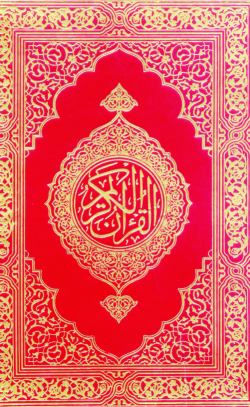


More renovations, repairs, and expansion projects were undertaken in later centuries by the Ayyubid Sultanate, the Mamluk Sultanate, the Ottoman Empire, the Supreme Muslim Council of British Palestine, and during the Jordanian occupation of the West Bank. After the area was conquered by Saladin in 1187, the structure's function as a mosque was restored. Upon its capture by the Crusaders in 1099, the mosque was used as a palace it was also the headquarters of the religious order of the Knights Templar. The mosque was rebuilt by the Fatimid caliph al-Zahir, who reduced it to seven aisles but adorned its interior with an elaborate central archway covered in vegetal mosaics the current structure preserves the 11th-century outline.ĭuring the periodic renovations undertaken, the ruling Islamic dynasties constructed additions to the mosque and its precincts, such as its dome, façade, minarets, and minbar and interior structure. However, it was again destroyed during the 1033 Jordan Rift Valley earthquake. It was further expanded upon in 780 by the Abbasid caliph al-Mahdi, after which it consisted of fifteen aisles and a central dome. After being destroyed in an earthquake in 746, the mosque was rebuilt in 758 by the Abbasid caliph al-Mansur. The present-day mosque, located on the south wall of the compound, was originally built by the fifth Umayyad caliph Abd al-Malik ( r. 685–705) or his successor al-Walid I ( r. 705–715) (or both) as a congregational mosque on the same axis as the Dome of the Rock, a commemorative Islamic monument. ĭuring the rule of the Rashidun caliph Umar ( r. 634–644) or the Umayyad caliph Mu'awiya I ( r. 661–680), a small prayer house on the compound was erected near the mosque's site. The wider compound is also known as the Haram al-Sharif, the Al-Aqsa Mosque compound (or simply Al-Aqsa), and the Temple Mount. In some sources the building is also named al-Masjid al-Aqṣā, but this name and its English translation "Al Aqsa Mosque" itself, is disputed as it can instead apply to the whole compound in which the building sits. Limestone (external walls, façade), lead and concrete (dome), white marble (interior columns) and mosaic Īl-Aqsa Mosque, properly Jāmiʿ al-Aqṣā ( Arabic: جامع الأقصى, lit.'congregational mosque of Al-Aqsa '), also known as the Qibli Mosque or Qibli Chapel ( Arabic: المصلى القبلي, romanized: al-muṣallā al-qiblī, lit.'prayer hall of the qibla (south) '), is a congregational mosque or prayer hall in the Old City of Jerusalem.


 0 kommentar(er)
0 kommentar(er)
